Log Book
- Port of departure: Puerto Escondido
- Departure time: 9:00 am on Thursday, March 14, 2013
- Port of arrival: Puerto Escondido
- Arrival time: 9:00 am on Saturday, March 16, 2013
- Total travel time: 2 days
- Miles traveled: 135
- Engine hours: 1002.4 – 1009.7 – 7.3 hours
- Weather: Every forecast we looked at or listened to said something a little different. None of the forecasts had the wind exceeding 12 knots, but they all predicted different directions and different intensities. One predicted a W wind, one predicted a N/NW wind, one predicted a S wind. As far as we could tell, each forecast expected the wind to die down significantly on Friday night.
- Maintenance notes: Clean bottom!!!!
This was a great passage. It was calm and it was beautiful and, dare I say it, it was relatively relaxing and restorative. The wind was not as strong or consistent as we would have liked, but we were both extremely laid back and didn’t feel at all rushed by the weather or by or schedule. We were content to sit and wait while the wind figured out if it wanted to blow from the north, or the west, or the northwest, or the south, or the southeast, or the southwest, or all of the above in 15 minute increments.
We started out under motor, with little to no wind and were treated to several whale sightings (though we weren’t as close as some other lucky boaters). We killed the engine after we passed the tip of Isla Carmen (Punta Baja) and raised our sails the moment we felt enough breeze to sail by. Though it had been predicted by one of the forecasts, we were still surprised by the SE wind (since we had been hoping for a downwind sail and we hadn’t encountered a SE wind during our month in the sea). With our full main and genoa, we began sailing upwind to our destination.
The wind would die down every hour and a half for fifteen to twenty minutes and then pick up again, oftentimes from a slightly different direction. We would respond accordingly, changing our sail trim to maximize our speed in whatever wind we had. Though the going was slow, it was free from stress and anxiety (which is invaluable).
Throughout our trip we were visited by wind from every direction, and each new breeze was as gentle as the breeze that preceded it. You’re probably going to get sick of hearing about it, but the phosphorescence was amazing. The first night we sailed through bands of light, like the rings of Saturn, that appeared to be equidistant from each other and stretched horizontally as far as we could see.
This passage was so relaxed that we were able to enjoy some dinner-time entertainment (something we usually reserve for nights when we’re on the hook). We started watching Homeland and we’re thoroughly addicted (such a good show). I was also able to start and finish a book on this passage. My boss recommended that i pick up the book Born to Run in anticipation of our visit to the Copper Canyon (where the majority of the book takes place). The fact that I was able to read the book cover to cover is a testament to the quality of the book as well as the ease of the passage.
Several boaters warned us about the Topolobampo channel (most of whom had never transited it, but who had heard second or third hand that it was tricky), so rather than trying to figure out the channel at night, we drifted in the sea waiting for daybreak.
In daylight the channel was very easy to identify, especially since a pilot boat was marking the entrance and there was a gigantic freighter exiting the channel. We were both glad we waited until daylight, however, since all of our charts had shown the channel entrance further east (where breakers were clearly visible). It turns out that the channel entrance was changed a mere three months ago (according to the folks at the marina).
I should note two things – Topolobampo Bay is the second largest natural deepwater port in the world and as a result it is frequently transited by large tankers and ferries (that operate between Topolobampo and La Paz). Both of these facts, along with the fact that it was well marked with red and green buoys and that we were entering at the height of a flood tide, made us feel comfortable navigating the 10 mile channel without reliable charts. We watched the depth sound carefully and were always in at least 13 feet of water on the way in. We made it to the marina without incident.
Possibly the only downside to this trip was that the frigate birds decided to play king of the roost on our mast, taking turns dropping one load after another on our deck (solidifying the meaning of poop deck). Jeff narrowly escaped an especially pernicious attack. It took vigilance and several crazy antics to dethrone the succession of frigate birds (including Jeff cawing at the top of his lungs and shaking the mast, attempting to hit the frigate with pinto beans catapulted from a slingshot, and flailing the jib halyard around so that it resembled a pissed off snake – each led to moments of triumph and defeat along with fits of laughter).
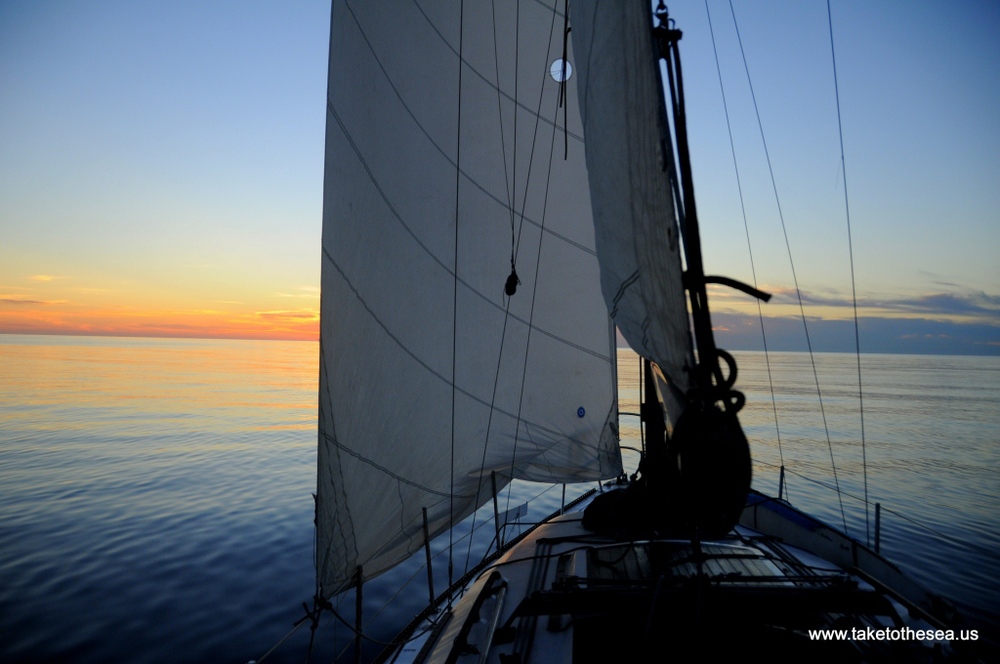
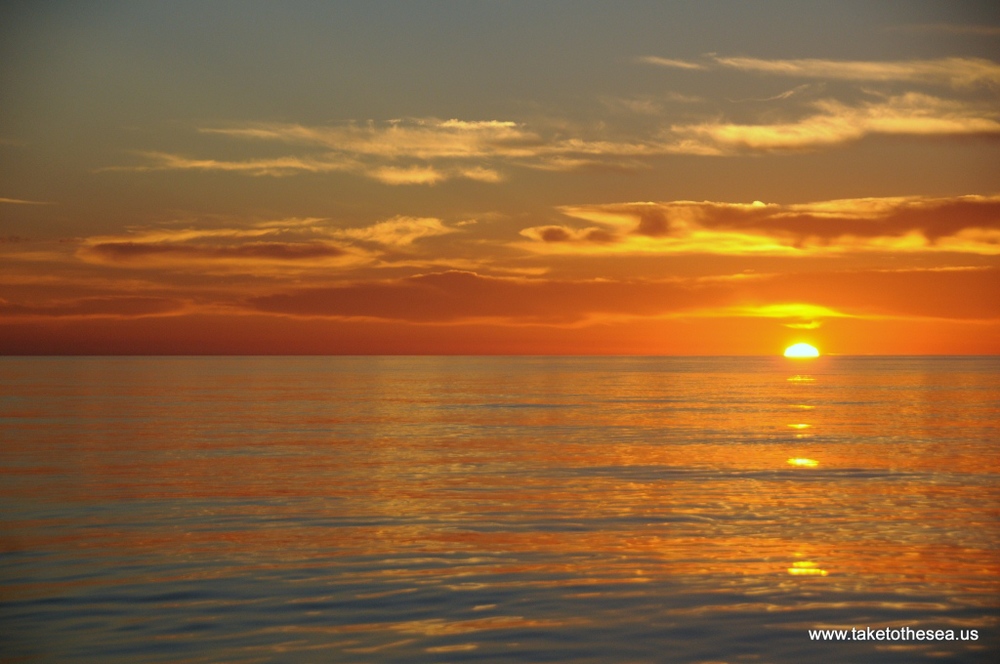
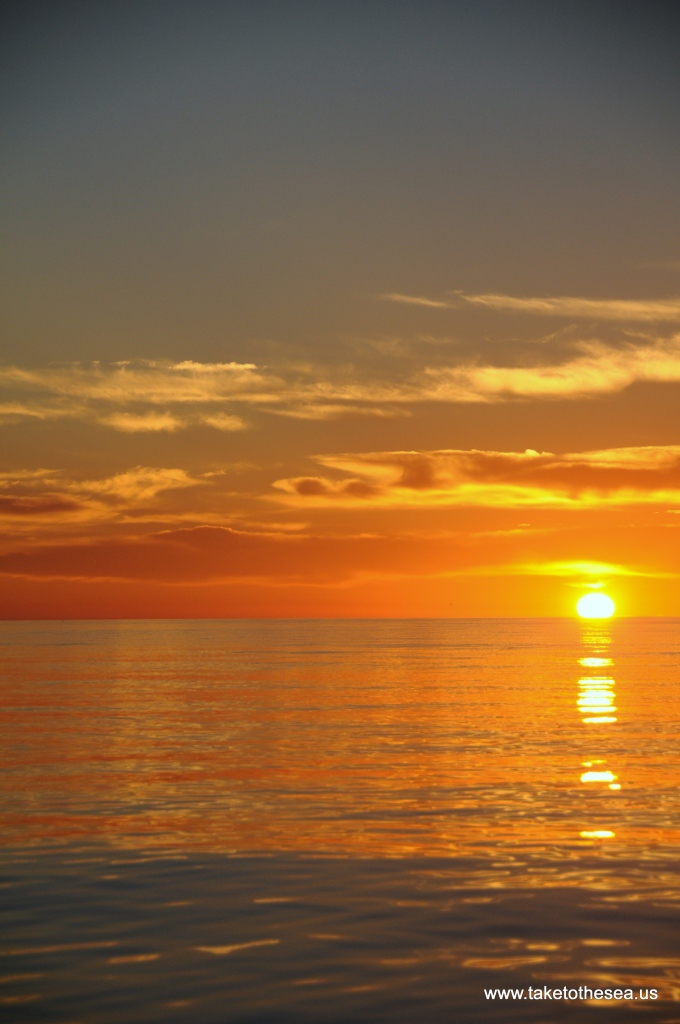
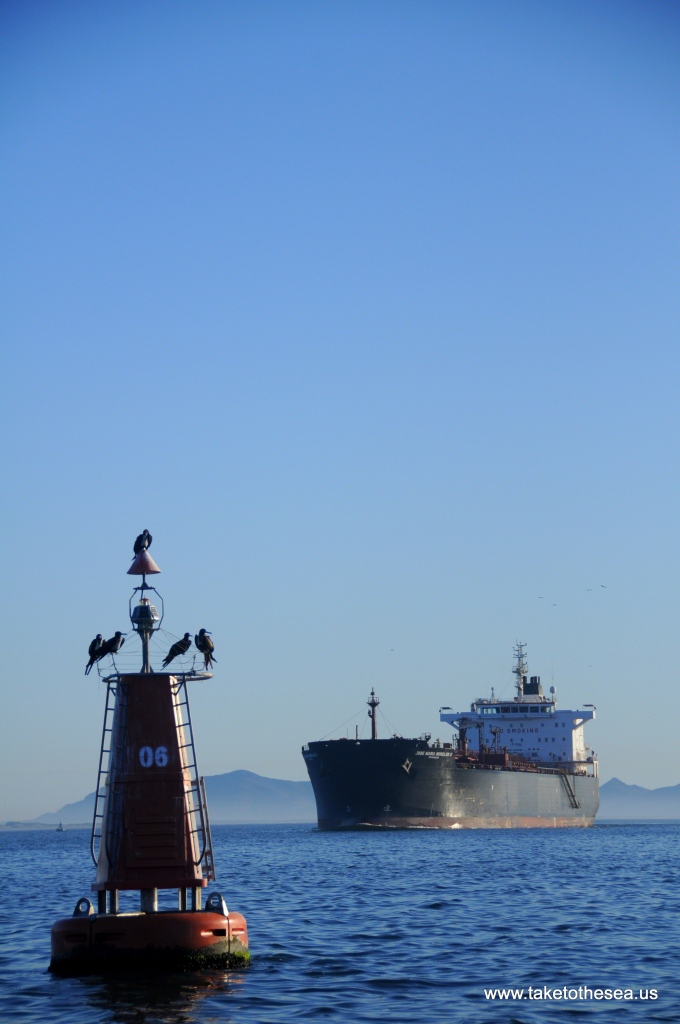
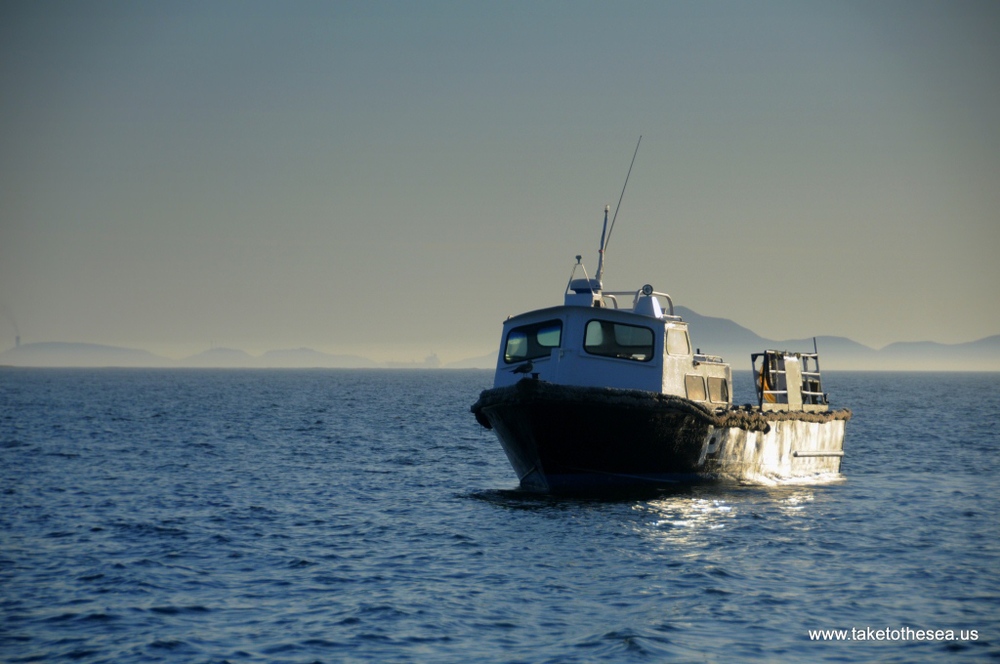
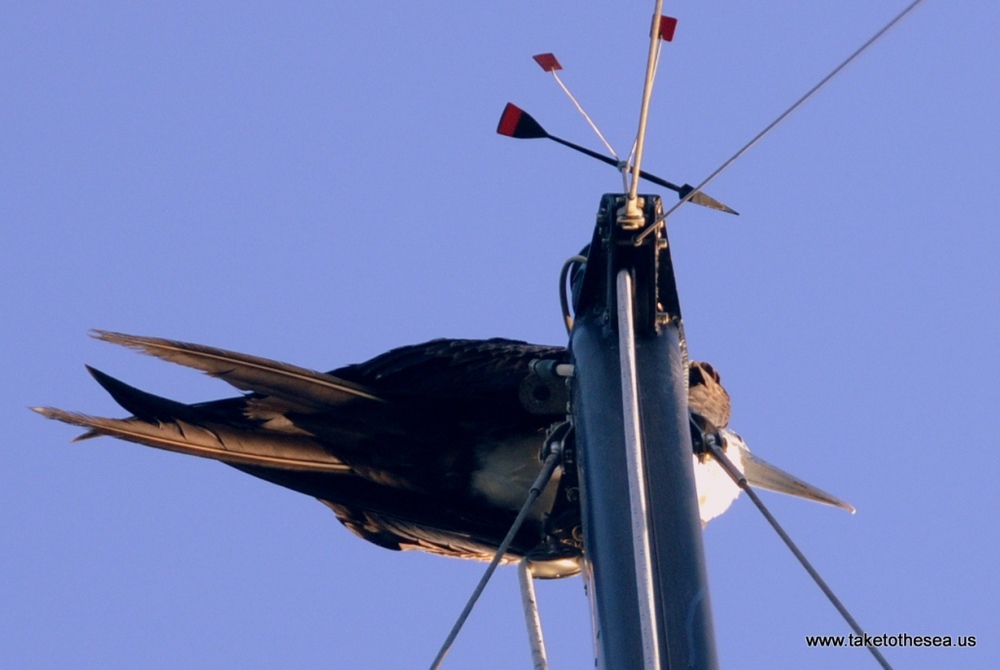
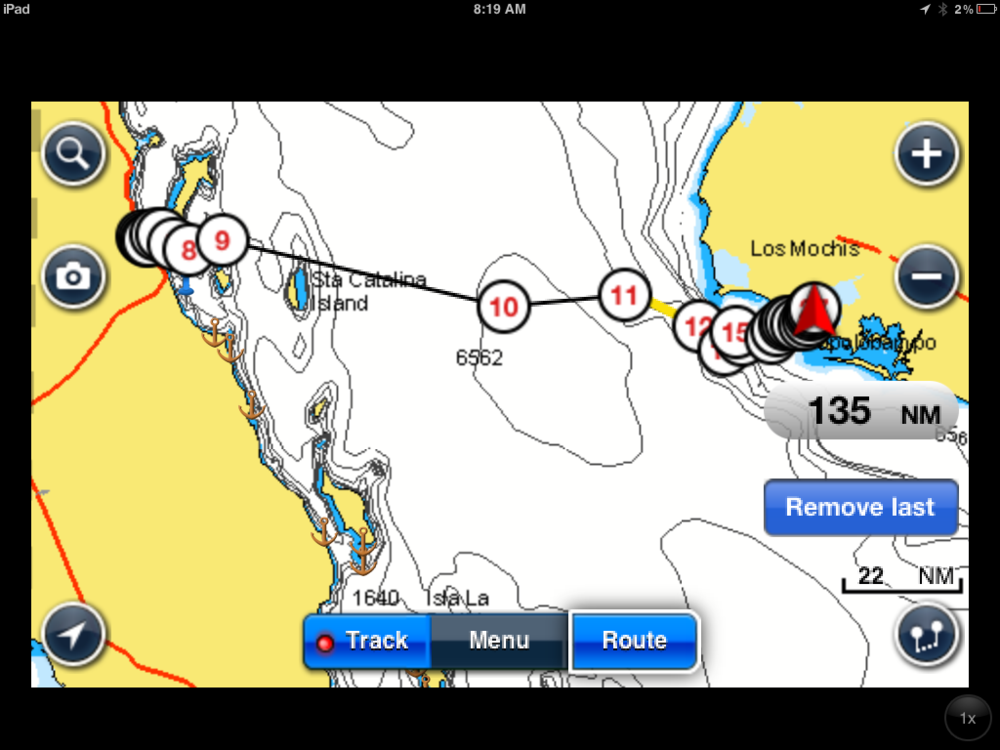
What an epic adventure. We are thinking of la paz or topolombampo for our (much less ambitious) honeymoon trip so I look forward to more reports from the coast and copper canyon.
Hey Devin! Where are you all from? Or is this a Devin I already know…but just don’t know it. As you can tell, we’re a little behind in the posts, but I’m working on a post about the train into the canyon (ChePe) – you can check out pictures on our Flickr stream (http://www.flickr.com/photos/taketothesea/). La Paz and Topo are totally different, but both have a lot to offer. Are you doing a honeymoon by boat, car, on foot…? As you’re planning you’re honeymoon (exciting!), feel free to email us with any specific questions you have!